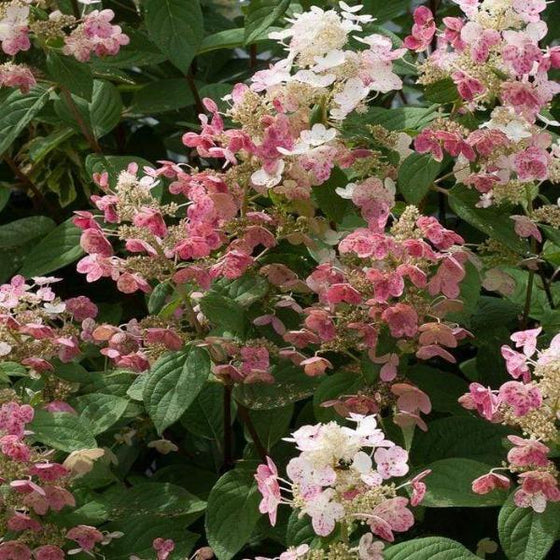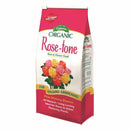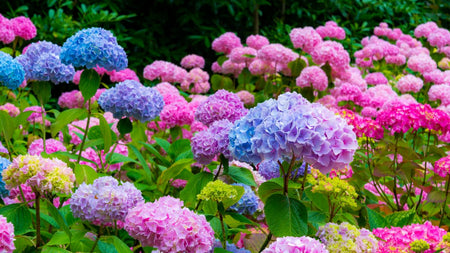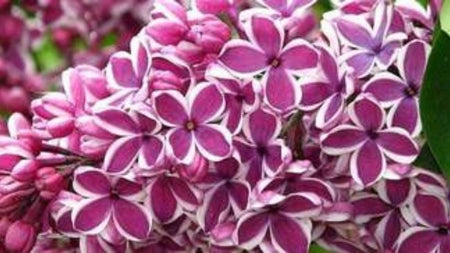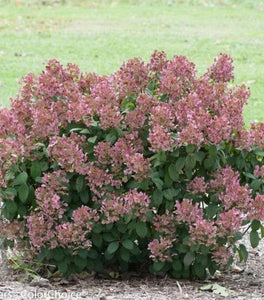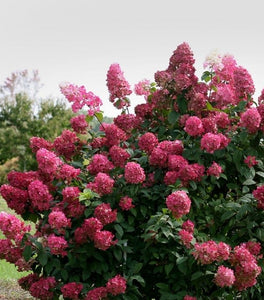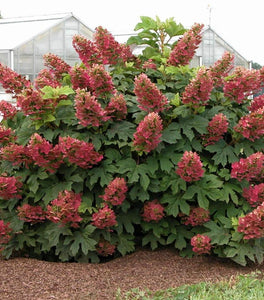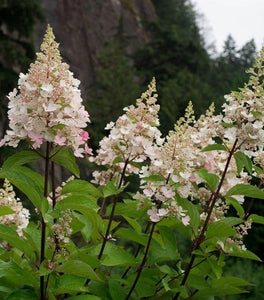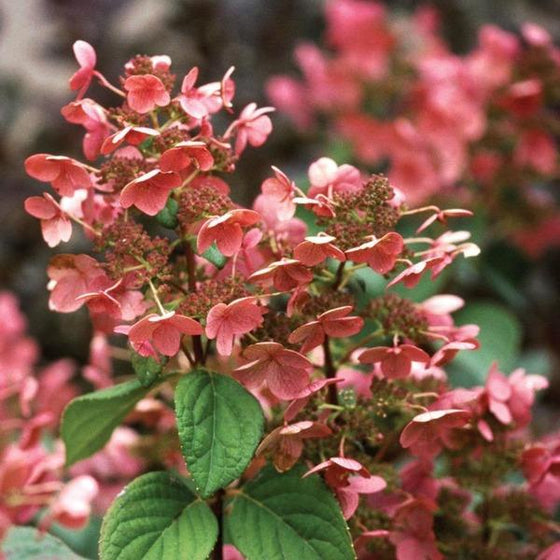
Images Depict Mature Plants
Hydrangea Quick Fire Shrubs For Sale Online
Hydrangea Quick Fire® earns its name from its impressively rapid bloom rate. Blooming about a month before any other strain of hydrangea, these shrubs are quick to impress. Plant a Hydrangea Quick Fire® and enjoy its bright flaming blooms for most of the year!
Botanically referred to as the hydrangea paniculata, the Quick Fire® Hydrangea grows best in conditions of full sun and well-drained soil. These deciduous shrubs are not picky though, and will adjust to various conditions. They will easily tolerate part sun and some afternoon shade and do not mind fluctuating temperatures. Specifically, these shrubs can thrive in growing zones 3 through 8.
Blooms on this resilient and easy-to-grow hydrangea are loved for their color range! The flower color begins as a creamy white like most panicle hydrangea. But come mid-summer, the blooms turn a gentle pink. Eventually, the blooms progress to a beautiful dark, rosy-pink in the fall.
The plant's blooming season is also remarkably long for a shrub, lasting from early spring through to mid-fall. The plant is admired for its rare ability to bloom on new wood. This means that you will see flowers even after even the harshest winters.
This fast-growing shrub is commonly used in mass plantings. Other common uses include use in mixed shrub borders or open woodland gardens. As a bonus, Hydrangea Quick Fire® makes for beautiful use as cut flowers.
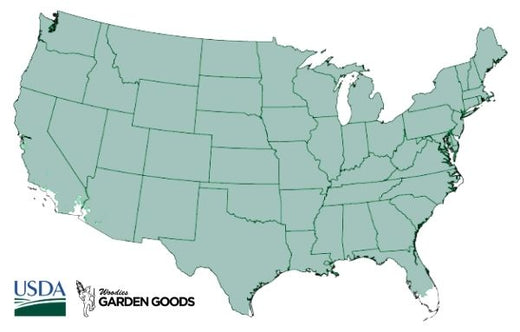
| Hardiness Zone: | 3-9 |
|---|---|
| Mature Height: | 6 to 8 feet |
| Mature Width: | 5 to 6 feet |
| Classification: | Broad leaved deciduous shrub, summer flowering |
| Sunlight: | Full sun to part shade |
| Habit: | Upright, densely branched |
| Flower Color: | White blooms turn pinkish-red by fall |
| Foliage: | Dark green |
| Pruning Season: | Late winter to early spring, promotes increased branching and more flowers. Flowers on new growth |
| Soil Condition: | Any well drained soil |
| Water Requirements: | Water well until established |
| Uses: | Extremely attractive when used as a focal point in the mixed border, mass planting, or a specimen planting |

